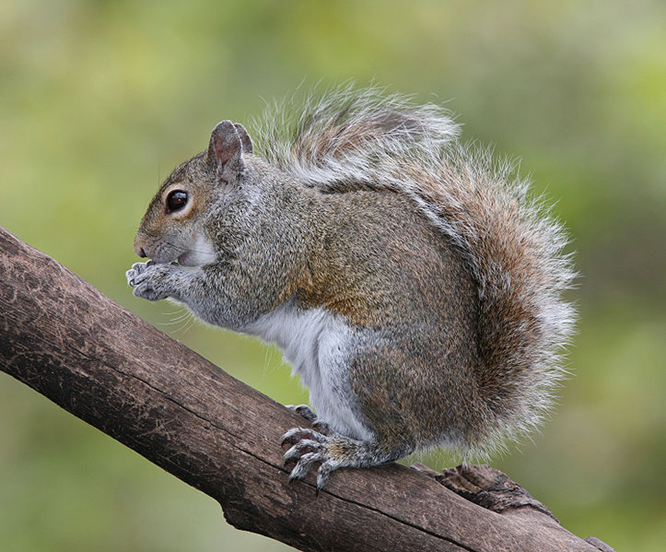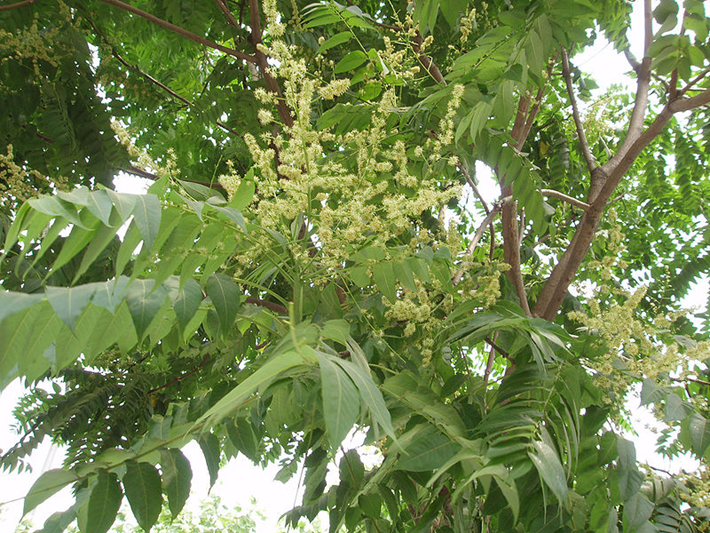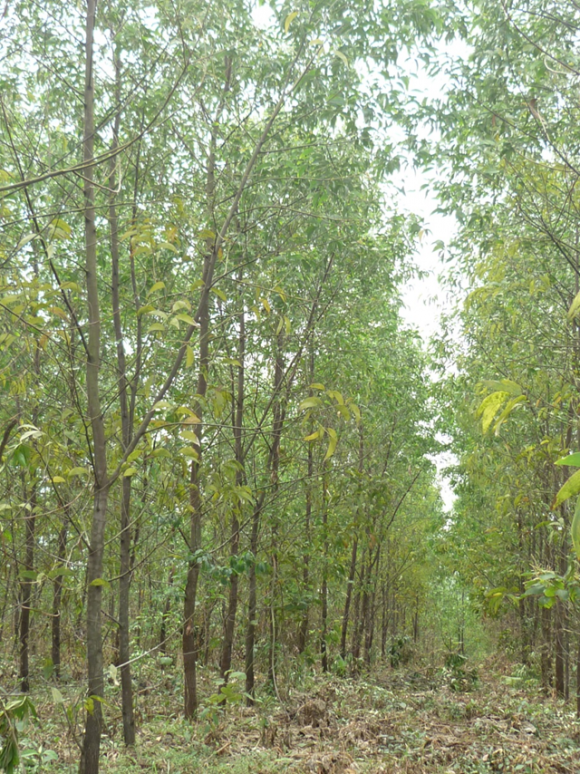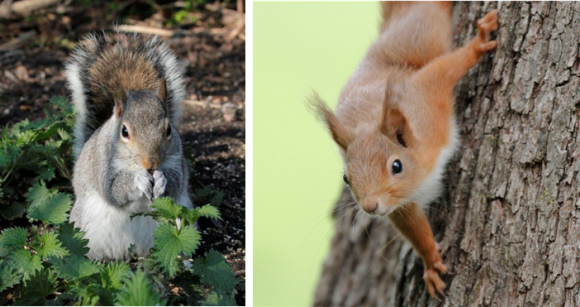22 August 2017 | By Petr Pyšek
Nature reserves, national parks and marine protected areas have been proven to effectively shield native wildlife from the impacts of invasive species, according to a recent study in the journal Global Change Biology. The study conducted by a team of international researchers, including C·I·B Associate Petr Pyšek, shows that despite their effectiveness, protected areas could be in danger in future, as climate change impacts the range of increasing numbers of species.
Invasive alien species can often thrive at the expense of native wildlife. Until now, however, conservationists have lacked evidence of how effective protected areas are in mitigating against the threats of these species, such as competition for food and territory, predation and diseases.

The study showed that only a quarter of the protected areas, set up over the last century, have so far been colonised by invasive alien species, even in cases where the conditions inside the protected areas was favourable for them. Fewer invasive alien species were found in protected areas with low levels of human activity – underlining the role played by humans in either deliberately or unintentionally helping the movement of invasive alien species.

However, the team warns that climate change has the potential to not only drive vulnerable species out of the current protected areas, but can also allow invasive species to colonise in these areas more effectively, further increasing the pressure on native wildlife. Species particularly favoured by climate change include knotgrass (Paspalum paspalodes), the coypu (Myocastor coypu), the tree of heaven (Ailanthus altissima), and the American bullfrog (Lithobates catesbeianus) showing over a 20% expansion in their current distribution.
Petr Pyšek from the Department of Invasion Ecology at the Czech Academy of Sciences, and a co-author of the study, said: “We knew from previous research that regionally, protected areas act as an effective barrier against colonization by alien species but this study is the first assessment across multiple taxonomic groups of the resistance that such areas provide against biological invasions on a continental scale. By showing this it clearly illustrates their strategic value in safeguarding native biodiversity.”
Read the full paper in Global Change Biology
Gallardo B, Aldridge DC, González-Moreno P, et al. 2017. Protected areas offer refuge from invasive species spreading under climate change. Global Change Biology. 00:1–13. https://doi.org/10.1111/gcb.13798
For more information, contact Petr Pyšek at pysek@ibot.cas.cz



